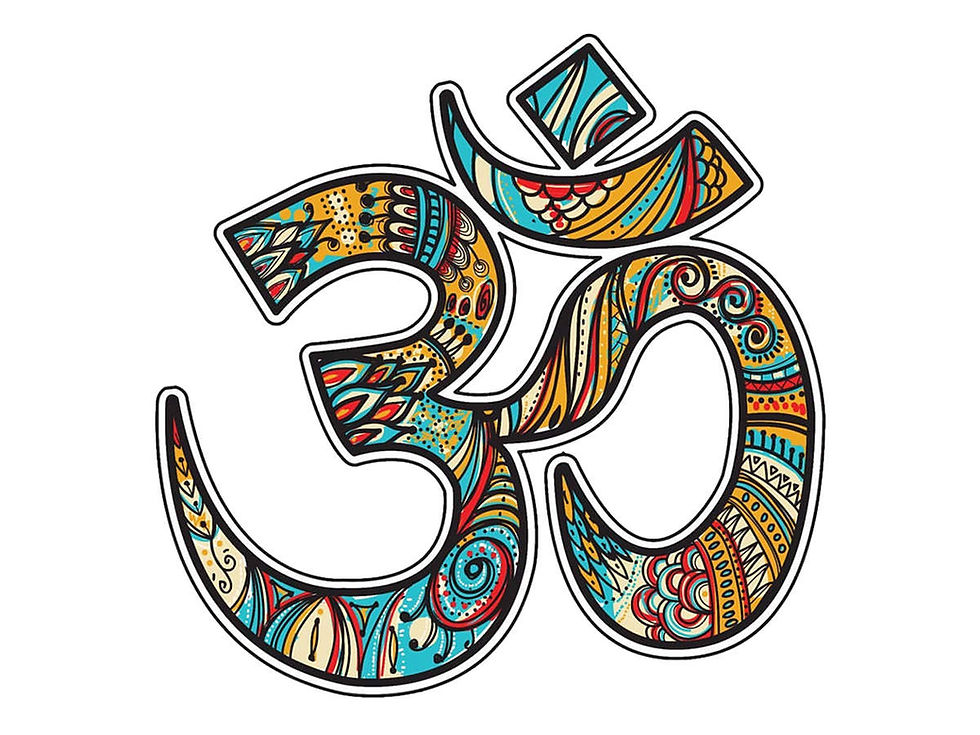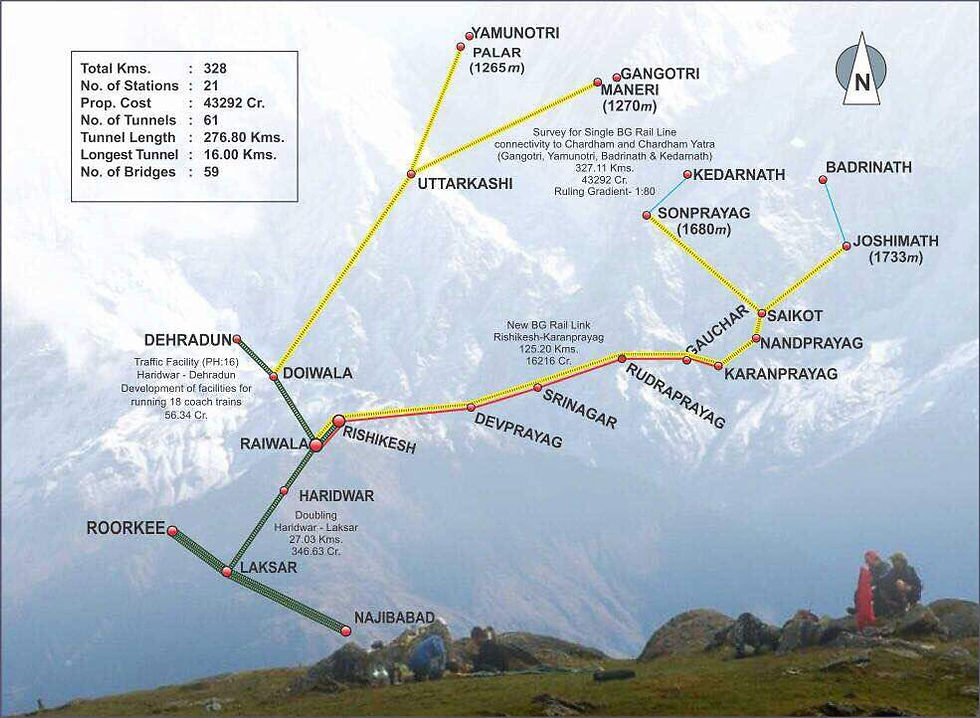Vedas | The Hindu Religious Text
- Team Himalayan Journal

- Aug 11, 2020
- 2 min read
Vedas ( English : Vedas ) are the sacred literature of ancient India , which is also the oldest and basic scripture of Hindus . In Indian culture , Vedas are the original and most ancient texts of Sanatan Varnashrama religion, which is the voice of God. These are among the oldest religious texts of the world, whose sacred mantras are still read and heard with great faith and reverence.

Veda Introduction
"Vid" means: knowing, knowledge, etc. The word Veda is derived from the "Vid" metal of the Sanskrit language. 'Veda' is the name of the ancient sacred texts of Hinduism, this gave rise to Vedic culture . It is believed that his mantras were recited indirectly to the ancient sages by God. Hence Vedas are also called Shruti. The Vedas are unique works of the Vedic tradition of ancient India , which have been going on from generation to generation for the last four-five thousand years. The Vedas are the supreme and supreme scripture of Hinduism. The actual mantra part of the Veda is called Samhita.

Maharishi Vyas Contribution
Initially, the Veda was the only one; There were many verses in the same Veda, which were called "Veda-sutras"; The Veda describes the Yajna method. There are equivalent (singable) phrases and philanthropic verses . Only one Veda, full of all these subjects, remained till Satyug and Tretayuga ; In Dwaparyug , Maharishi Krishnadvapayana divided the Veda into four parts. For this reason, Maharishi Krishnadvapayan started to be called " Ved Vyasa" .

Brahmin Text
There are a total of one lakh mantras in the Veda . Of these one lakh mantras, 4000 mantras are related to Jnana Kandaka, 16000 Mantras are of worship method, and 80000 Mantras are ritualistic.
The part that interprets mantras is called "Brahmin". Only four Brahmana of the four Vedas, the Rig Veda of " Aitareya" , Yajurveda of " Satapatha" ; " Panchavinsha" of Samaveda and " Gopatha Brahmana" of Atharvaveda . In these Brahmin texts, the subject of rituals is called "Brahmin"; Excerpt from knowledge discussion " Aranyak" ; The subject of worship is called Upanishad .
In this way, the Ved-mantras and the Brahmin-parts representations of the mantra, Brahmin, Aranyaka and Upanishads came under these four names.
Upved and Upang
Each Veda is accompanied by a "Upveda". Upveda Ayurveda of the Rigveda ; "Dhanurveda", the Upaveda of the Yajurveda; Samaveda's Upaveda "Gandharveda"; And the Upveda of the Atharvaveda is "Arthashastra". Similarly the Veda has six limbs and six appendages. Education, kalpa, grammar, disabilities, verses, and astrology are six parts.
The method of chanting the mantra derives from the education book; Method of sacrificing yagyas from the Kalpangras ; Knowledge of the etymology of words from grammar; Knowledge of the meaning of Veda-words from Nirukta ; Knowledge of verses from verses; And astrology has knowledge of the position of planetary constellation and their good effects on humans. The appendages of the Vedas are called "conspiracy or hexology".




Comments